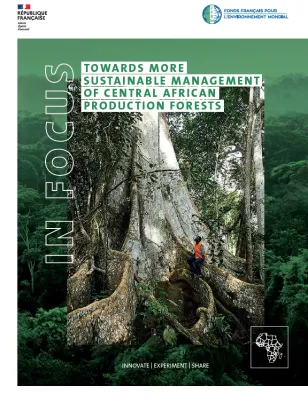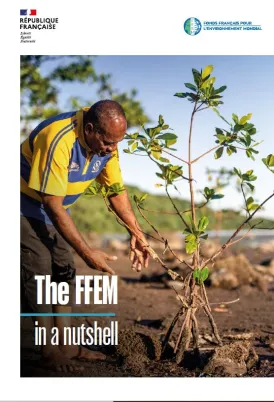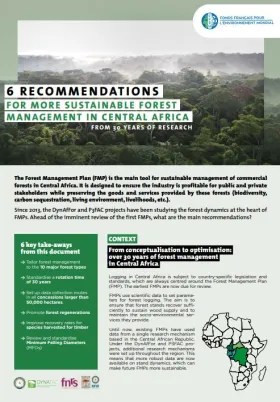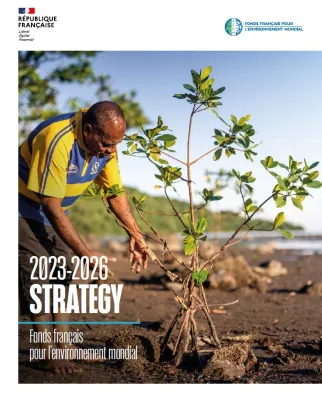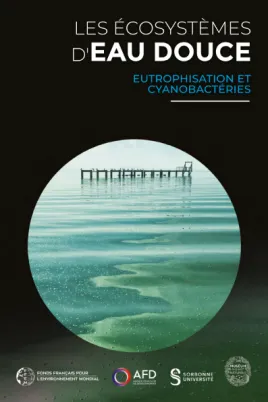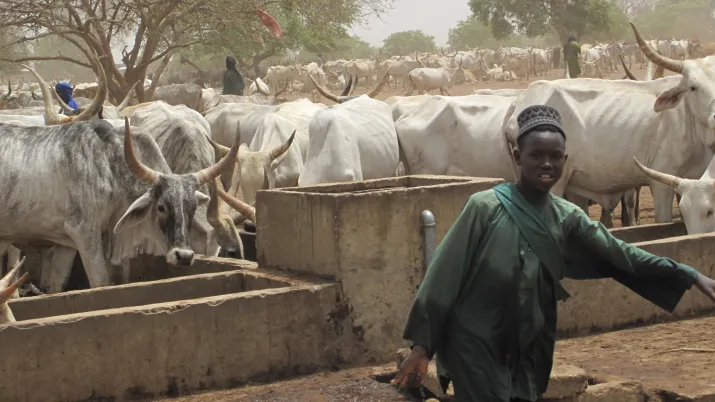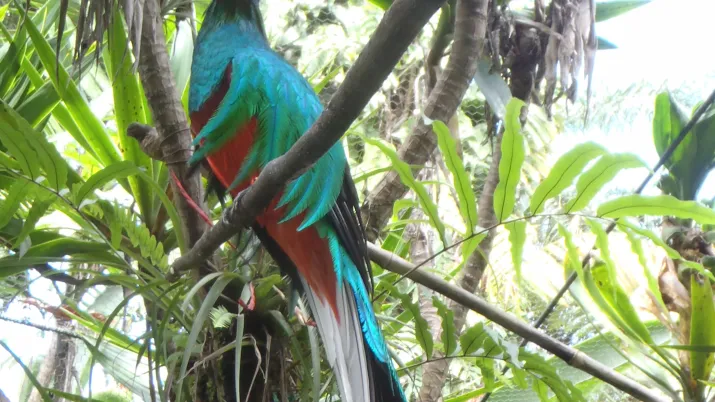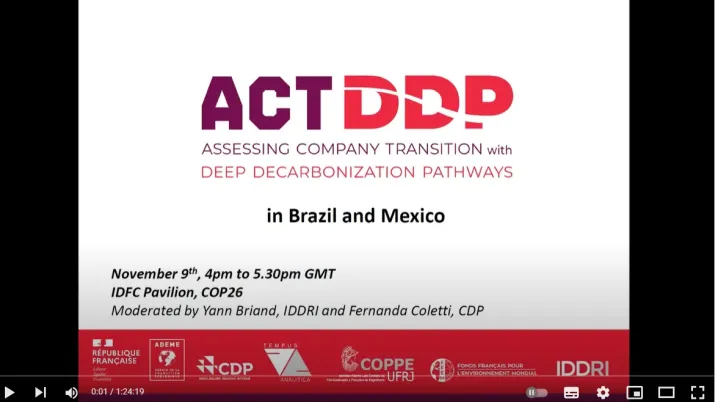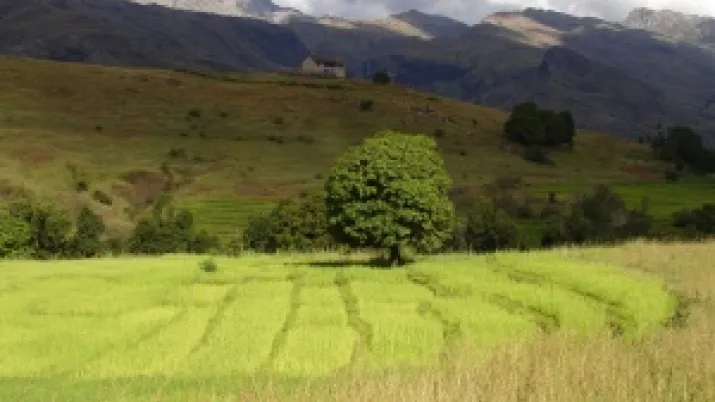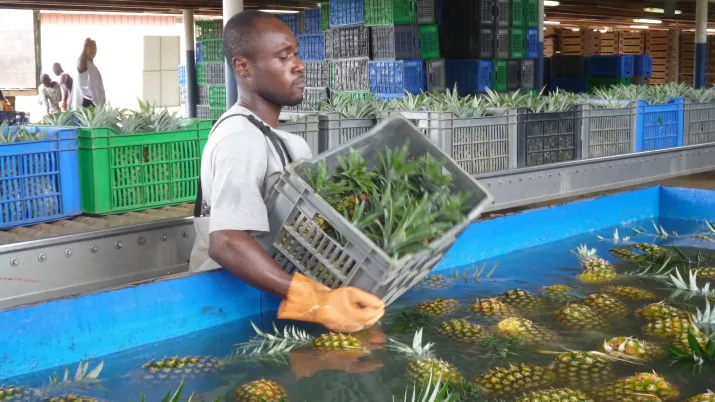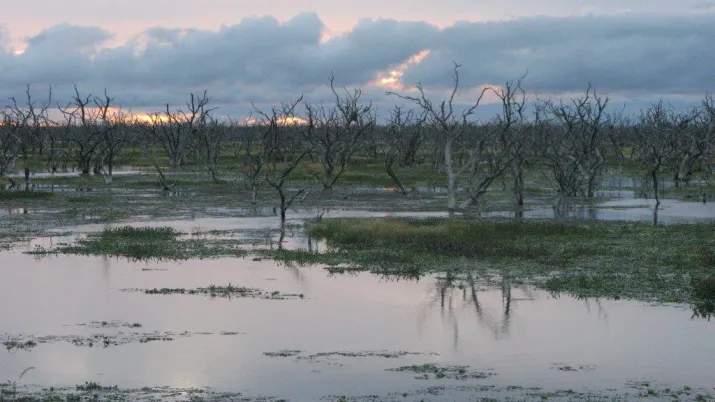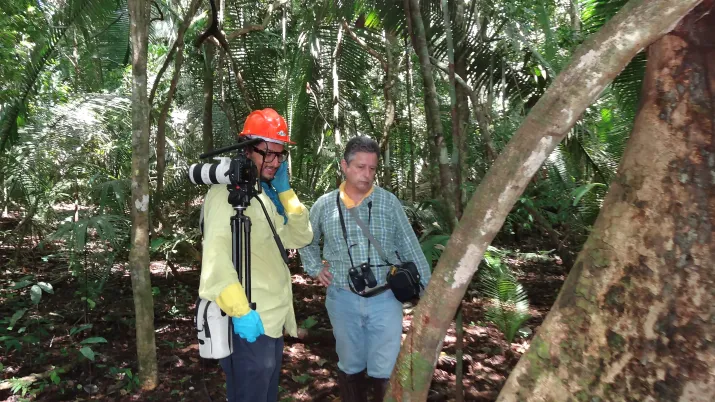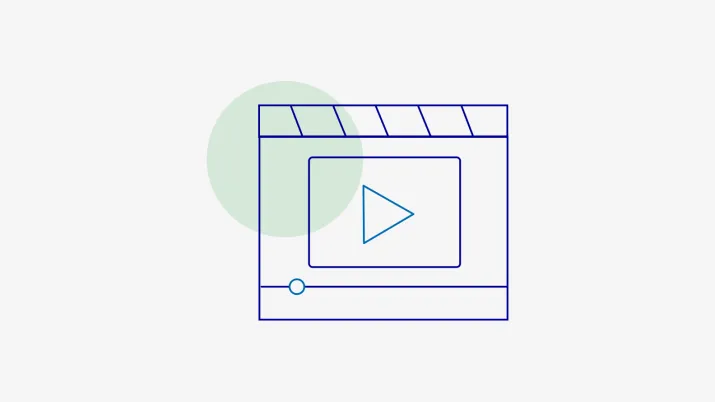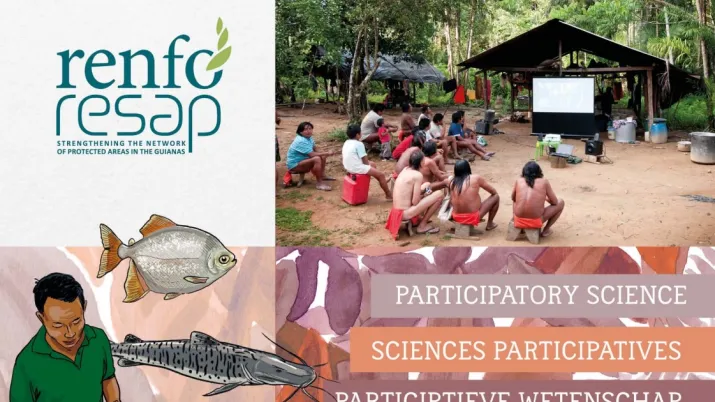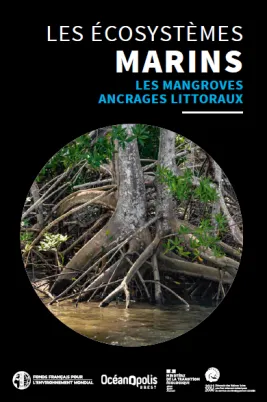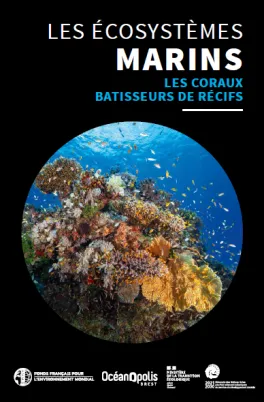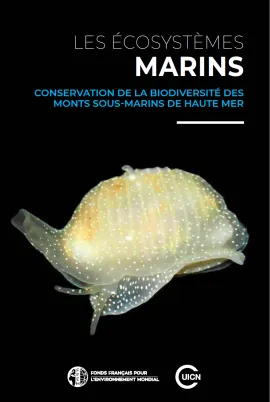Publications and media
IN FOCUS - Towards more sustainable management of Central African production forests
For nearly thirty years, the FFEM has been supporting the conservation and enhancement of biodiversity and the sustainable management of agricultural and forest territories; these two areas of interve...
Published on
IN FOCUS - Integrating nature into cities in Latin America
The sustainable city and more specifically Nature in the city are at the heart of the strategy of the FFEM for 10 years by encompassing both biodiversity conservation issues, adaptation and low-carbon...
Published on
The FFEM in a nutshell (2023 Edition)
Through our funding, the FFEM aims to encourage innovative, useful, and effective approaches. To do so, we support pilot projects to test solutions and learn lessons and since 1994 : €490 M comm...
Published on
The 6 recommendations for more sustainable forest management in Central Africa
In focus: the forests of Central Africa. A priceless biodiversity reserve, the forests of Central Africa cover around 200 million hectares, almost one-quarter of which is used for industrial timber...
Published on
FFEM strategy document 2023-2026
On the occasion of its budget replenishment for the 2023-2026 period, the FFEM is adopting a new strategy and defining its priority orientations. This new strategy is the result of a collective reflec...
Published on
The BRIDGE Project Brochure
The BRIDGE Project seeks to promote strategic alliances between the private sector and CTFs that are part of RedLAC (Latin American and Caribbean Network of Environmental Funds) and CAFÉ (Consortium o...
Published on
Freshwater ecosystems: eutrophication and cyanobacteria
Eutrophication of surface waters on the African continent is accelerating, due to the cumulative effect of population growth and associated anthropogenic pollution, and climate change risks further am...
Published on
Evaluation summary of Ega Egga project
In Senegal, livestock farming contributes 4% to the gross domestic product, and 30% of the population depends on livestock products. The sector is essential for the country's food security. The main l...
Published on
Evaluation Summary of the Project "Protection of Biodiversity and Ecosystems of the Ameca-Manantlán Corridor"
Mexico is a “megadiverse” country in terms of biodiversity, with nearly 65.3 million hectares of forest cover. Faced with growing issues of social acceptability, the country must define new conservati...
Published on
See the side event ACT DDP at COP26
Stéphanie Bouziges-Eschmann spoke at this ACT-DDP side-event at COP26. The event presented the first lessons learned from this project led by Ademe and IDDRI, concerning the low-carbon transition of c...
Published on
Evalution Summury of Compensation for damage to ecosystems and biodiversity project (COMBO)
The project was part of an international program targeting four African countries—Madagascar, Guinea, Mozambique, and Uganda—due to their exceptional biodiversity and the rapid growth of highimpact ec...
Published on
Evaluation summary of Equité project
The challenge of fair trade is to modify the rules of international trade so that producers in countries of the South can benefit from the expansion of trade. Compared to other regions, West Africais...
Published on
Evaluation summary of the project Conservation and sustainable management of the Gran Chaco
The Gran Chaco is a vast geographical area shared between northern Argentina, southeastern Bolivia, northwestern Paraguay, and southeastern Brazil. It is the second largest forested area after the Ama...
Published on
Evaluation summary of PETRA project
The Amazon basin is an area of major ecological importance. After 50 years of deforestation at a high rate, the policies of the Brazilian federal government and the governments of the Amazonian states...
Published on
Video : For an African civil society at the heart of environmental action: cross capitalization of the PPI
This film presents the results of a cross capitalization work between the actors of the PPI (Sub-Saharan Africa) and the PPI OSCAN (North Africa). It allows us to share the lessons learned over more t...
Published on
Overview of participatory science for the sustainable management of natural resources in the protected areas o...
This document is one of the final deliverables of the RENFORESAP project about participatory science for the sustainable management of natural resources. The project runs for three years (2018-2021) w...
Published on
Marine ecosystems: Mangroves, coastal anchorages
The current ecological crisis marked by a significant degradation of ecosystems in a context of global change requires stronger and more sustainable protection of coral reefs and mangroves, which are...
Published on
Publication of a Guide on Coral Reefs
The current ecological crisis, marked by significant degradation of ecosystems in a context of global change, calls for stronger and more sustainable protection of coral reefs and mangroves—hotspots o...
Published on
For an African Civil Sociey : cross-capitalisation of PPI and PPI OSCAN programmes
Over 330 projects have been financed since the launch of the Small-scale Initiatives Programme (PPI) in 2006 and the PPI OSCAN (North African civil society organisations) in 2014. The FFEM, IUCN Frenc...
Published on
Capitalisation on Protected marine areas (MPA)
Since its creation in 1994, the FFEM has favoured innovative environmental projects that can be replicated at larger scale. To do so, it is essential to capitalise on experiences gained from these pro...
Published on
Marine ecosystems: conservation of the biodiversity of deep-sea seamounts
The FFEM publishes a new guide on the conservation of biodiversity in offshore seamounts. This book is a synthesis of the results obtained by the project “Conservation and sustainable exploitation of...
Published on

